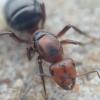James C. Trager
, mentioned somewhere else, that this might be
Crematogaster mutans which is thought to be parasitic. After reading about them, I would totally agree.
The females of mutans can be easily separated from all other North American species by the very long, silky, yellowish, appressed pubescence, the compressed thorax, depressed gaster, and proportionately very large head.
This species in the female has a very large head, and the least voluminous thorax and gaster of any North American species known to me. The habitus is thus much like a dulqtic species. As temporary social parasitic species are known in the genus Crematogaster, the discovery of another would not be too surprising. If this new species is a temporary parasite the host must be either Crematogaster californica or Crematogaster mormonum or both, to my knowledge the only other ground nesting species occurring with any commonness in the foot-hills and lower mountains of California and western Nevada. Unfortunately, mixed incipient colonies, if they exist, have not yet been found. (Buren 1968)
The queens are also described as being 8mm in length.
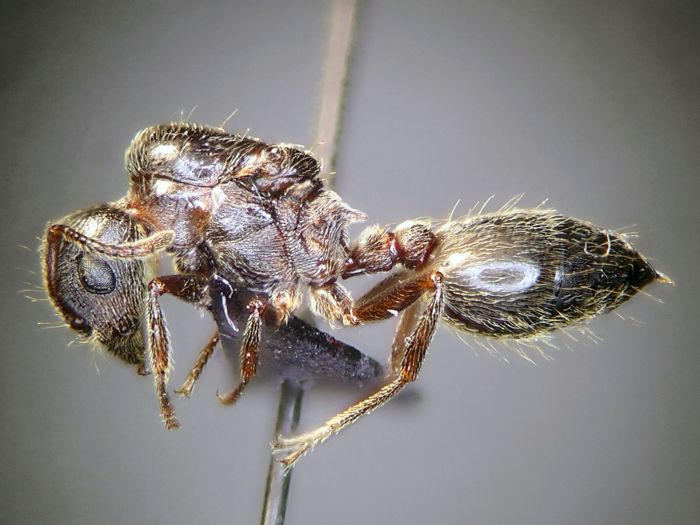
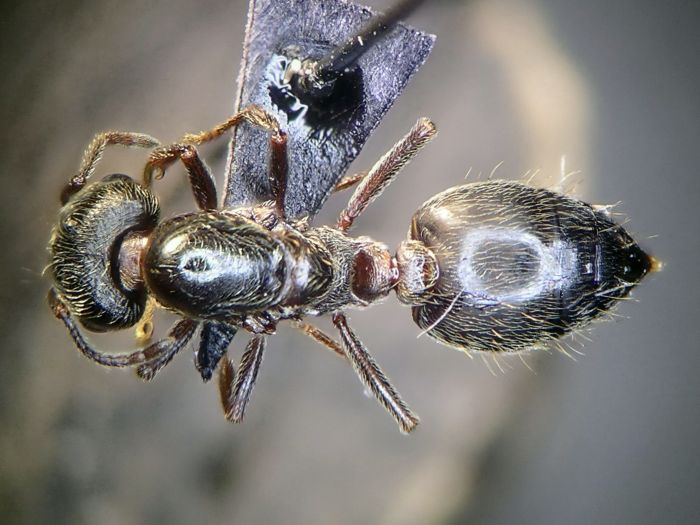
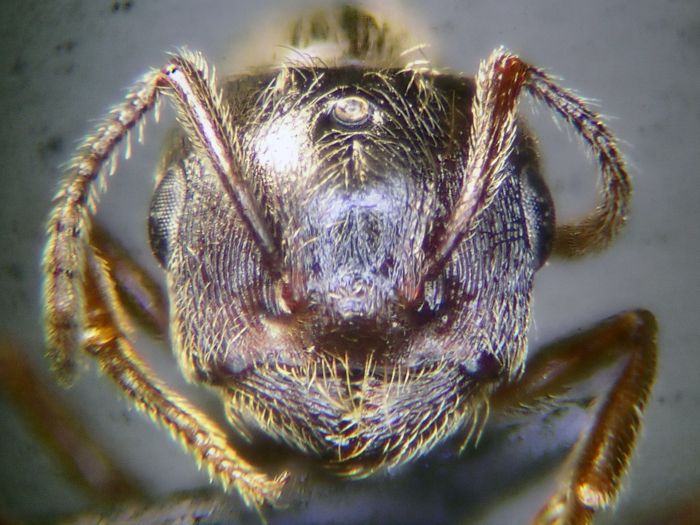





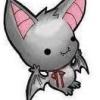











![Dspdrew's Camponotus ocreatus Journal [132] (Updated 11-16-2023) - last post by ANTdrew](https://www.formiculture.com/uploads/profile/photo-thumb-3531.png?_r=1552671204)
